Does Oil Pulling Whiten Teeth? What Science and Ayurveda Say
| Authored by: Abhishek Ranjan Jha |
| Reviewed by: Kapil Dhameja |
| Estimated Reading Time: 5 minutes |
Mornings carry a kind of magic, don’t they? That fleeting stillness before the day’s chaos, when I stand at my bathroom mirror, coffee mug in hand, wishing my smile could catch a bit more light. I’ve chased that dream through gritty charcoal toothpastes that left my sink a mess, bleaching strips that stung my gums, even a pricey laser session that promised miracles but delivered less. Then I heard about oil pulling, an ancient Ayurvedic ritual whispered about in wellness circles. It’s said to cleanse the mouth, freshen breath, and—here’s the hook—maybe even whiten teeth. But does oil pulling whiten teeth, or is it just another trend dressed up in tradition? I decided to dive in, blending Ayurveda’s earthy wisdom with science’s sharp scrutiny, to see if this ritual’s worth my morning minutes. Join me as we wander through its roots, its evidence, and its quiet promises.
|
Table of Contents |
What is Oil Pulling?

Close your eyes and imagine a spoonful of oil—sesame, rich and toasty like a sun-warmed field, or coconut, soft as a summer wave—gliding through your mouth, slow and deliberate. This is oil pulling, formally defined as an Ayurvedic oral hygiene practice where edible oil is swished in the mouth for 15–20 minutes to remove toxins, bacteria, and debris, promoting oral and systemic health. Known as kavala or gandusha in ancient texts, it’s like a gentle dance, the oil weaving through teeth and gums, gathering the night’s residue—bacteria, bits of dinner, maybe that red wine stain from a late-night glass. You spit it into a trash can (trust me, your pipes will thank you), rinse, and brush. Does oil pulling whiten teeth, or is the real gift a cleaner mouth? When I first tried it, standing in my kitchen with coconut oil, I felt odd but intrigued, my mouth tingling with a strange freshness.
Here’s how I make it work, cobbled from trial and old wisdom:
-
Take 1 tablespoon of oil—coconut for its easy flavor, sesame if I’m feeling traditional.
-
Swish gently, letting it slip over teeth and gums, careful not to gulp it down.
-
Keep going for 15–20 minutes; I started at 5 to avoid jaw fatigue.
-
Spit into a trash can, rinse with warm water, and brush to finish the ritual.
It’s not hard, but it asks for patience, like waiting for dawn to break. Does oil pulling whiten teeth enough to earn a spot in my routine? That question sent me digging deeper.
Ayurvedic Perspective on Oil Pulling and Oral Health

Ayurveda always felt like a conversation with my grandmother’s stories—tales of balance, of living in tune with the body’s rhythms. It sees the mouth as a gateway, reflecting the dance of vata’s airy flow, pitta’s fiery spark, and kapha’s grounded calm. In texts like the Charaka Samhita and Sushruta Samhita, kavala and gandusha are described as cleansing acts, clearing ama—those stubborn toxins from late-night snacks or stress. Sesame oil, warm and nurturing, is the classic choice, like a hug from the earth. Coconut oil, with its cooling, bacteria-fighting lauric acid, has slipped into modern practice, and I get why—it’s easier to swish. My cousin, who grew up in India, swears her morning oil pulling keeps her gums strong and her breath fresh, her smile quietly radiant.
Ayurveda highlights oil pulling for:
-
Sweeping toxins from the mouth, fostering a balanced oral space.
-
Strengthening gums, easing redness or bleeding over time.
-
Freshening breath, a sign of inner harmony.
-
Nurturing oral health, which might make teeth look a bit brighter.
Whitening isn’t the main goal here; it’s about prevention, vitality, a mouth that feels alive. But a cleaner mouth could seem whiter, right? Does oil pulling whiten teeth in this ancient view? It’s a side effect, not the star, but the holistic pull keeps me curious. For those of us dodging chemical toothpastes, it’s like finding an old path through the woods, worn but true.
Scientific Research on Oil Pulling
Science has a way of anchoring these ancient ideas, like a friend who insists on facts over feelings. I sifted through studies, sticking to ones with links I can share, to see what’s solid. Here’s what turned up:
These findings show oil pulling a quiet warrior against bacteria and plaque, like sweeping dust from a porch. But does oil pulling whiten teeth, scientifically speaking? It can help with extrinsic stains—those surface marks from coffee or smoking—by clearing debris. Intrinsic stains, etched deep from genetics or time, don’t budge; oil isn’t peroxide. The swishing and antimicrobial oils make teeth feel cleaner, but does oil pulling whiten teeth dramatically? Science leans toward a gentle “maybe” for surface brightness. After a month of swishing, my teeth looked a touch less dull, but nothing like the ads for whitening kits promise.
Does Oil Pulling Actually Whiten Teeth?

So, does oil pulling whiten teeth for real? I’ve wrestled with this, staring at my reflection after weeks of swishing. Teeth have two kinds of stains: extrinsic, the surface smudges from tea or a cigarette, and intrinsic, the deeper hues from genes or aging. Oil pulling can nudge the first kind—coconut oil’s lauric acid and the swishing motion loosen debris, making teeth look cleaner. But intrinsic stains? They’re like old ink on paper, unmoved by oil’s gentle touch. My own teeth seemed smoother, maybe a shade brighter, but not movie-star white.
Here’s what I’ve learned:
-
Extrinsic stains may fade as oil pulling clears plaque, giving a fresher look.
-
Intrinsic stains stay put; oil doesn’t bleach like professional treatments.
-
Compared to whitening strips or dental sessions, it’s softer, less transformative.
-
Online stories of whiter teeth might be cleaner mouths or wishful thinking.
-
It takes daily effort—skipping days won’t cut it.
A dentist I grabbed coffee with put it this way: “It’s like polishing a stone—you bring out its natural shine, but you don’t change its color.” Does oil pulling whiten teeth significantly? For me, it’s a subtle boost, great for upkeep but not a total overhaul. If you’re after a dazzling smile, you’ll need more than oil.
How to Use Oil Pulling for Whiter Teeth

If you’re like me, curious but skeptical, oil pulling’s easy to try, though it feels odd at first. I started with coconut oil—sesame’s too intense for me—and found a rhythm. Here’s how I do it:
-
Pick your oil: Coconut for its mild taste, sesame for its Ayurvedic roots.
-
Swish first thing, before breakfast, for 15–20 minutes.
-
Take 1 tablespoon, swish gently, letting it glide through teeth and gums.
-
Spit into a trash can, rinse with warm water, and brush well.
-
Do it daily for two weeks to notice any change.
Tips from my experiments:
-
Start with 5 minutes if 20 feels like a chore; it gets easier.
-
Use organic, cold-pressed oil for the best feel.
-
Pair with flossing and brushing for a full routine.
-
Snap a before photo to track whitening—it’s hard to see day-to-day shifts.
Does oil pulling whiten teeth this way? It gave me a slight lift, but it’s slow, like waiting for spring. You’ve got to stick with it, and even then, it’s more about a healthy mouth than a blinding smile.
Other Benefits of Oil Pulling
Even if whitening’s not guaranteed, oil pulling’s got other wins that keep me swishing. Does oil pulling whiten teeth aside, it makes my mouth feel alive—no more morning breath that could scare a dog.
Here’s what I’ve noticed or read:
-
Cuts bacteria like Streptococcus mutans, lowering cavity risks.
-
Soothes gums, reducing redness and plaque buildup.
-
Freshens breath naturally, no chemical burn.
-
All-natural, a relief from store-bought rinses.
-
Feels like a daily reset for oral health.
These perks make it worth the time, even if the whitening’s subtle. Does oil pulling whiten teeth as much as it cleans? Not really, but the clean feeling’s a win on its own.
Myths and Misconceptions
Oil pulling’s got myths floating around, especially online. I’ve seen claims it’ll fix everything or turn your teeth snow-white in days. Let’s sort it out:
Myth: It’s a cure-all for dental woes. It helps, but you still need a toothbrush.
Myth: It whitens instantly. It’s gradual, if at all.
Myth: Any oil’s fine. Coconut and sesame work best; others might not.
Misconception: Swallowing oil detoxes you. Spit it out to avoid bacteria.
Myth: You’ll see results in a week. Patience is key, like any natural fix.
Does oil pulling whiten teeth despite the buzz? A bit, if you’re consistent, but it’s more about health than flash.
Conclusion
Oil pulling’s a curious bridge between ancient ritual and modern hope. Does oil pulling whiten teeth? Ayurveda hints at it indirectly, through a cleaner mouth; science says it helps with surface stains but won’t touch deeper ones. After weeks of swishing, my teeth felt smoother, a bit brighter, but no red-carpet glow. It’s a practice that asks for a moment of calm, a daily nod to self-care. Add it to your routine, alongside brushing and flossing, and keep your hopes grounded. Does oil pulling whiten teeth enough to change everything? Not quite, but it’s a gentle, natural way to care for your mouth. Take a spoonful of oil, swish with a bit of heart, and let it work its quiet magic. Sometimes, the smallest acts—like this one—bring the deepest rewards, even if they’re not dazzling white.
References:
https://www.ncbi.nlm.nih.gov/pmc/articles/PMC4382606/



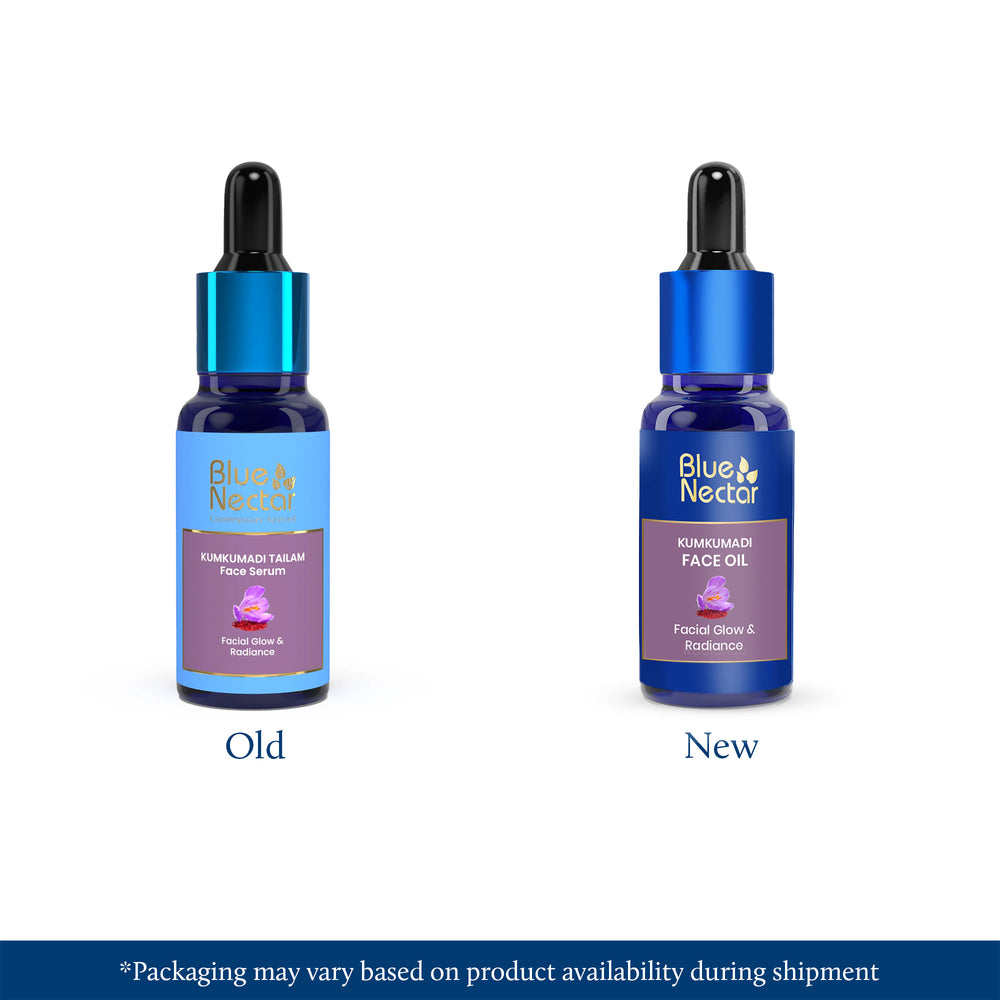
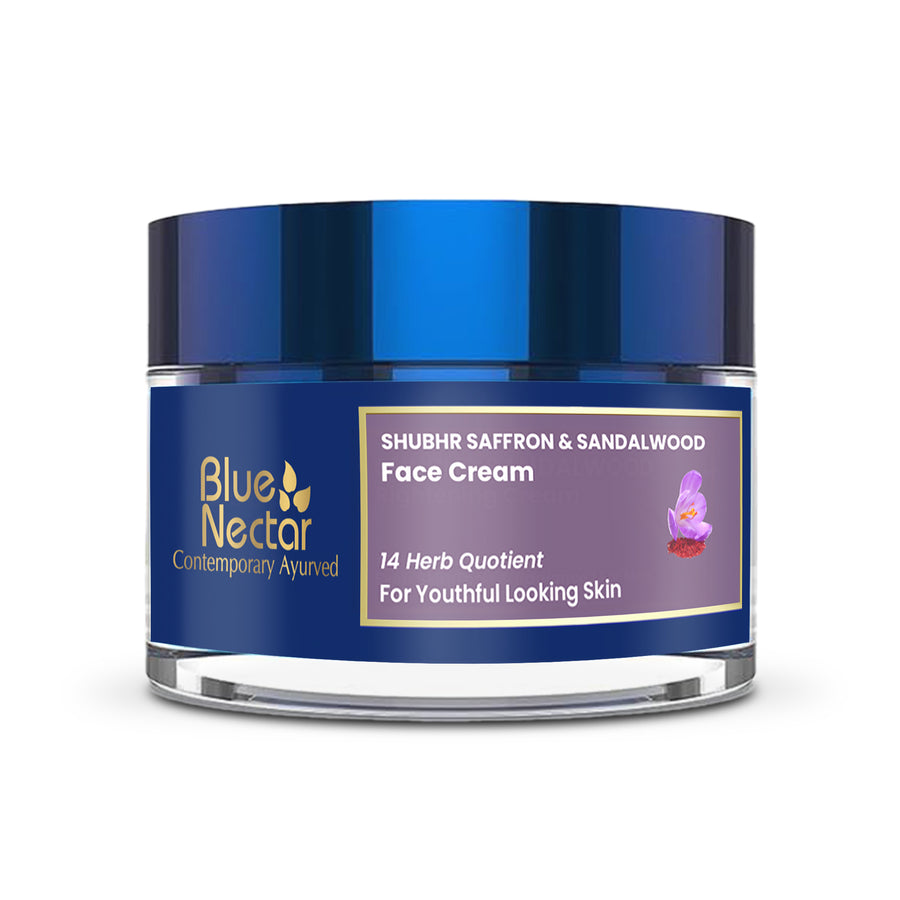
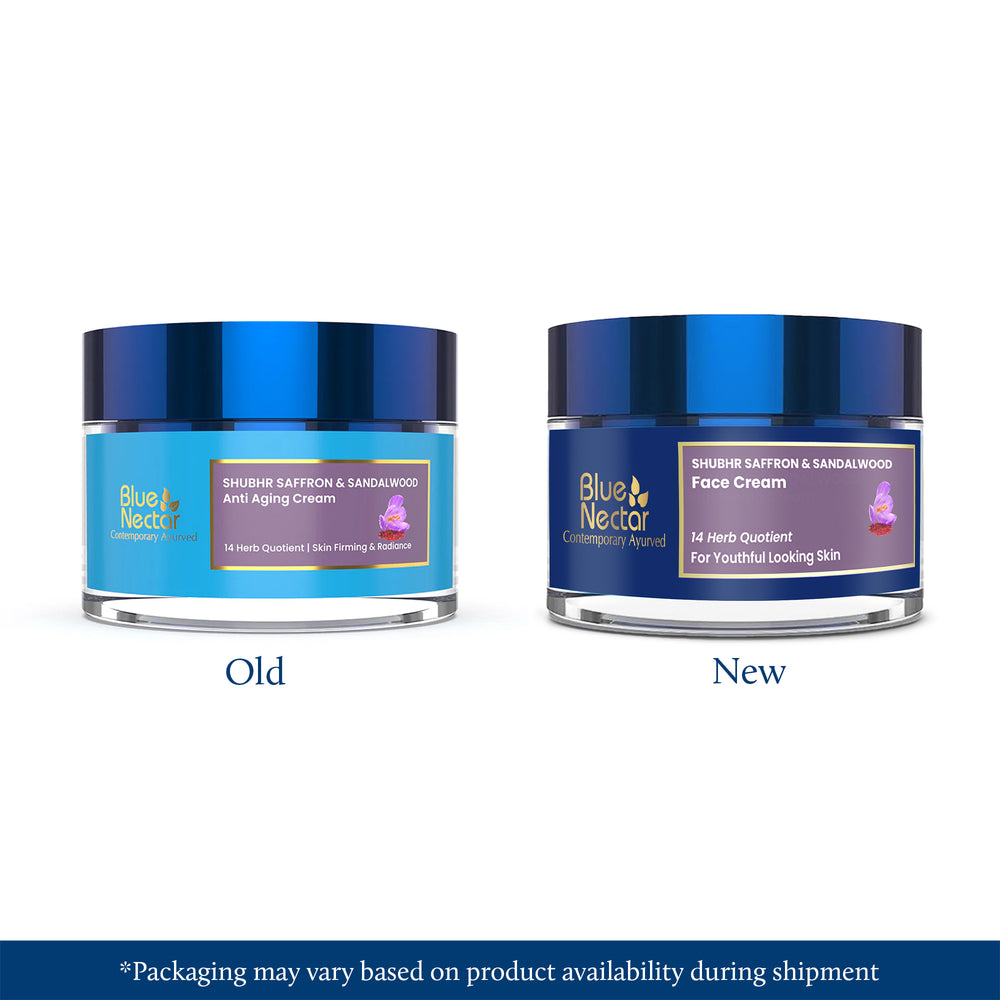
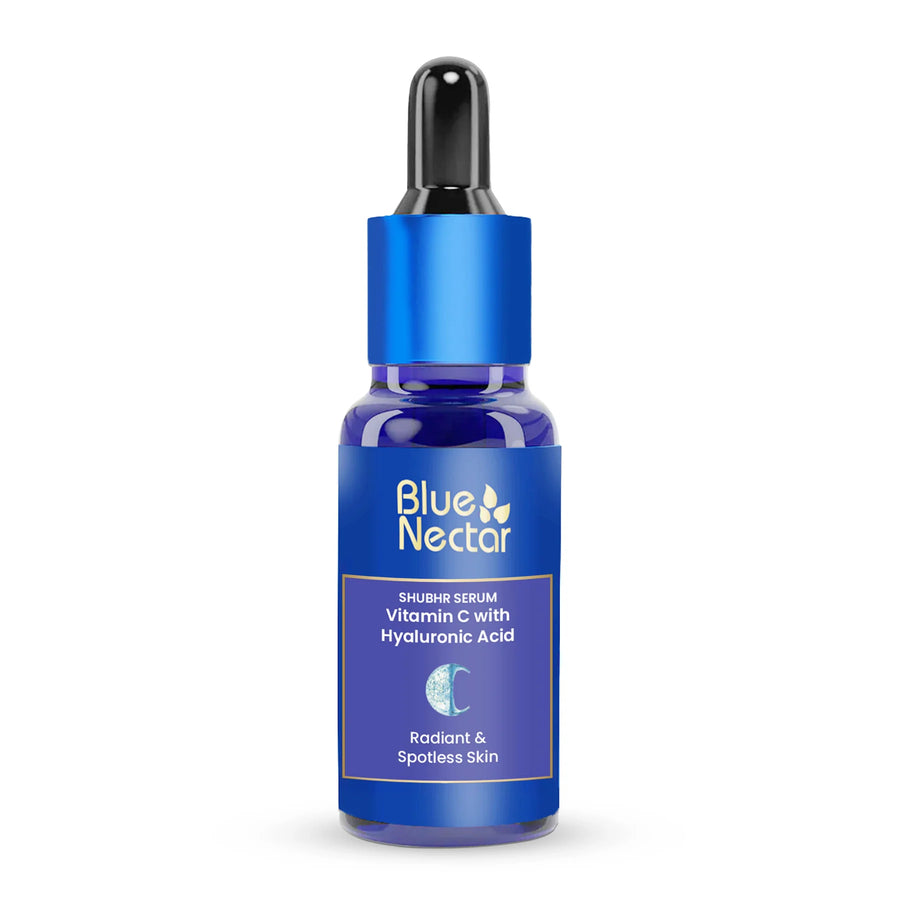

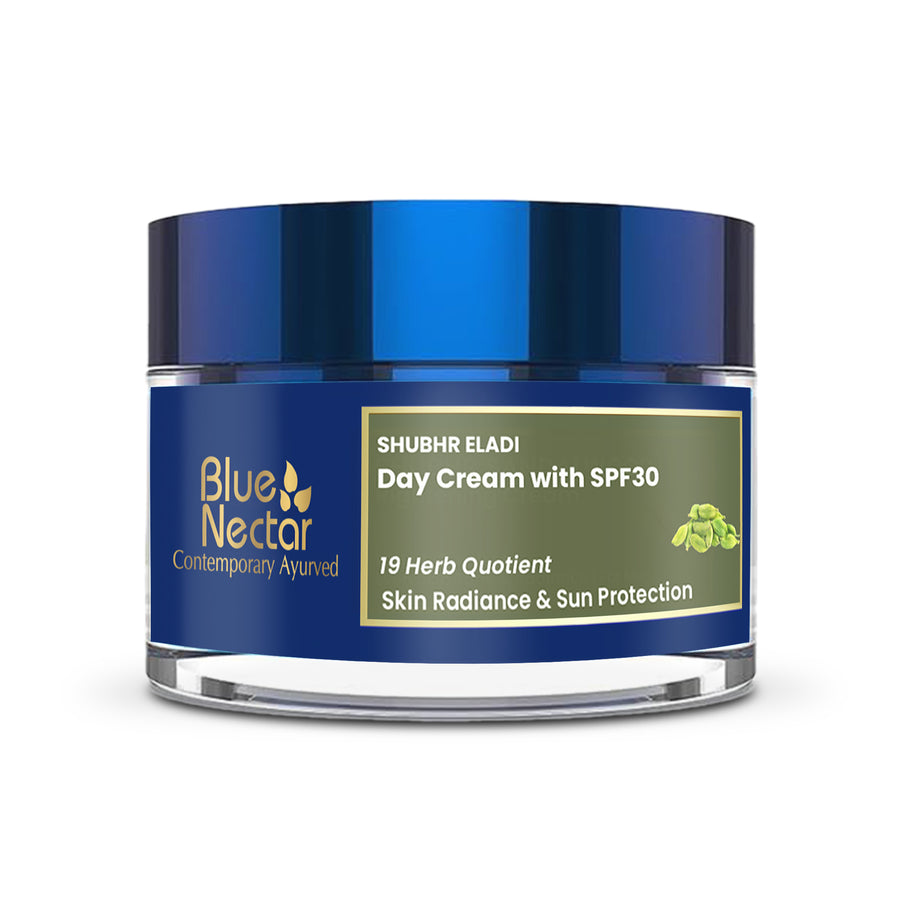
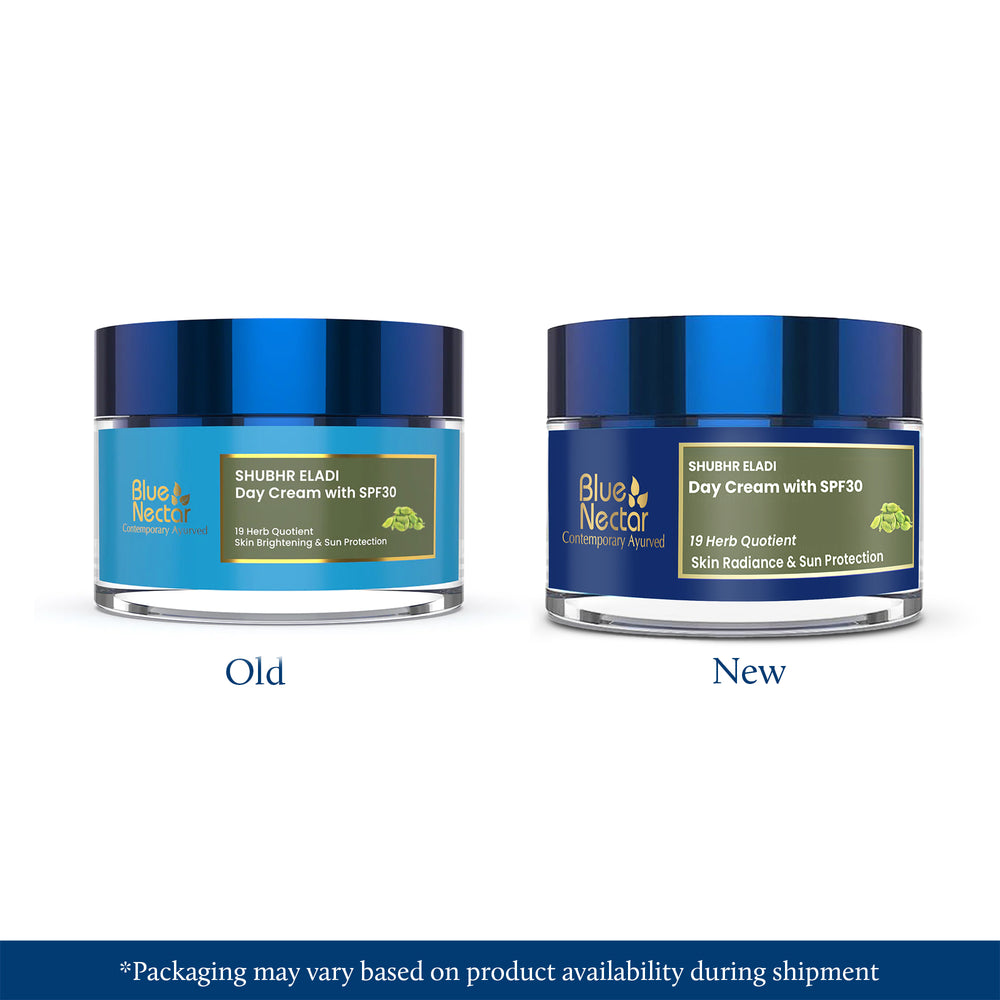
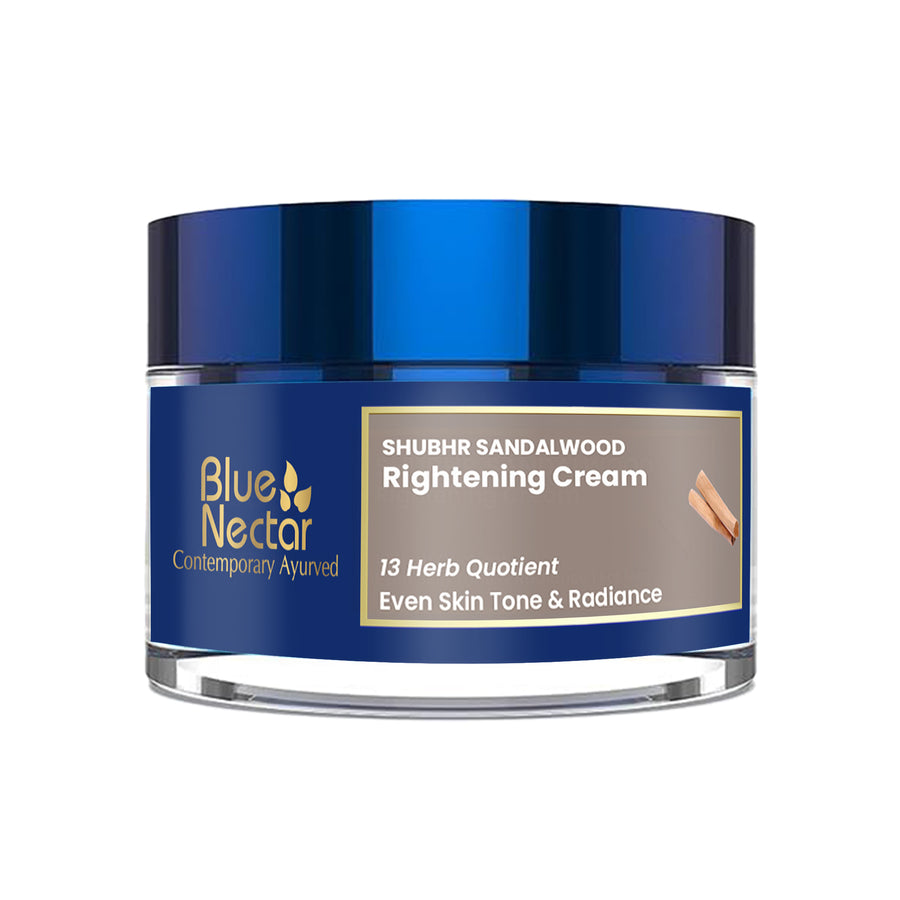
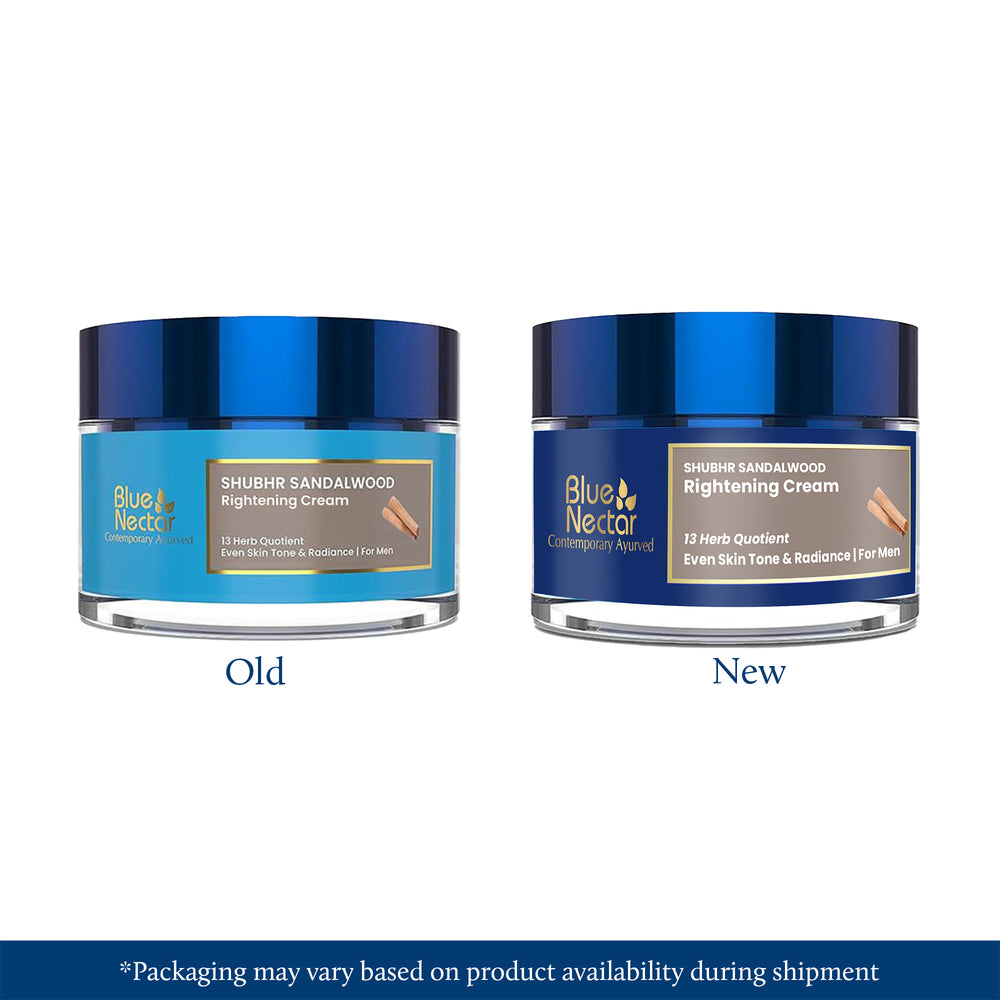




Leave a comment